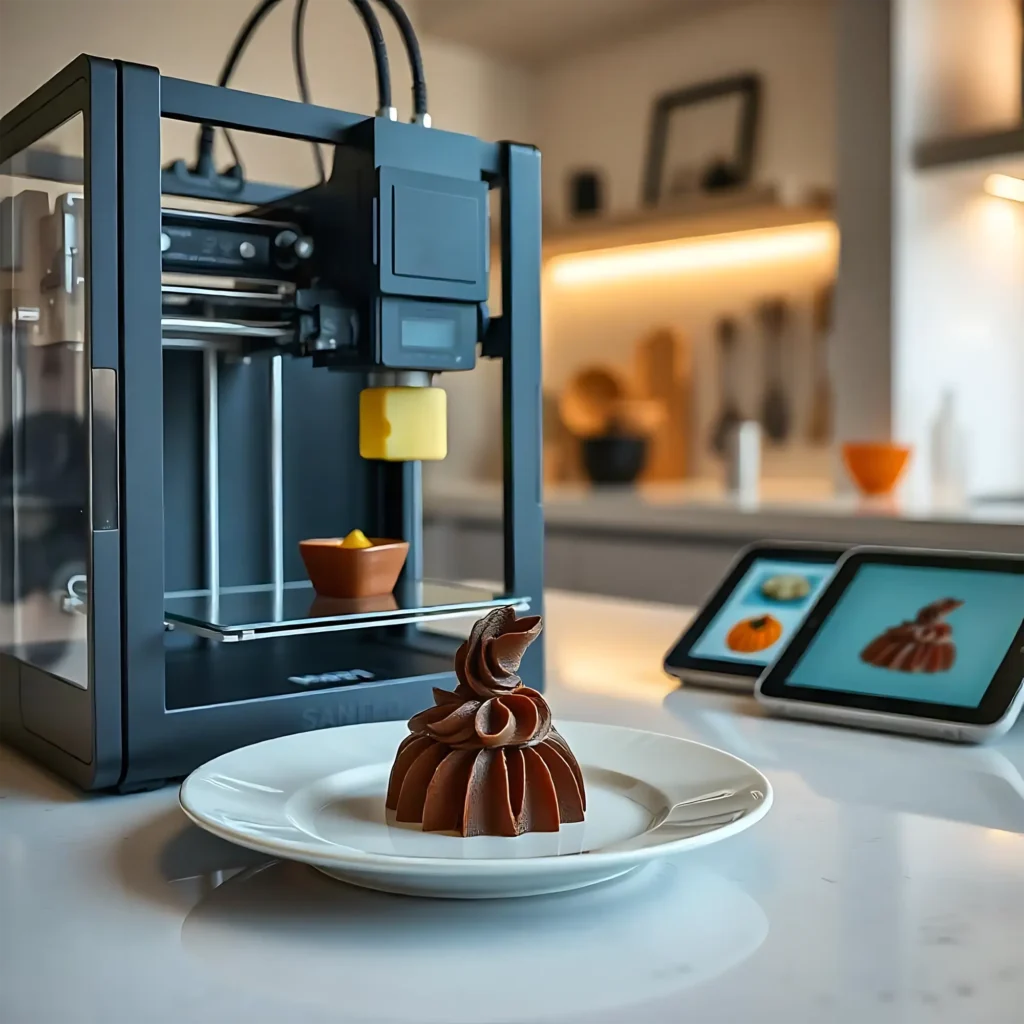Start a restaurant from scratch it is a challenging task, but with a business structure is well-defined, you can maximize profits and ensure the long-term financial stability. In this article, we break down the fundamental pillars that determine the success of a restaurant: costs, margins, cash flow and strategies of profitability.
1. Define the appropriate business model
Before you invest in infrastructure or hiring staff, it is essential to establish a profitable business model of. To do this, you must answer some key questions:
- Will it be a fast food restaurant, casual or fine dining?
- Will this work with table service, self-service or single home delivery?
- What is the target audience and what preferences you have?
- How do you differ from the competition?
Clearly define the concept, audience and value proposition will enable strategic decision making from the start.
2. Detailed analysis of the operating costs
All restaurant incurs a number of costs that must be controlled to maintain profitability. The major ones include:
a) fixed Costs
Are those who are paid on a monthly basis regardless of the volume of sales:
- Venue hire: It is recommended that you do not exceed 10% of the projected revenues.
- Public services: Water, electricity, gas and internet.
- Payroll and benefits: Salaries of employees and social security charges.
b) variable Costs
These fluctuate according to the level of sales and should be optimized to improve the margins:
- Raw material: Ingredients and products used in the preparation of the dishes.
- Costs of packaging and delivery: In case of offer door to door service.
- Commissions platforms: If you are working with applications of delivery.
Controlling these costs is essential to maintain healthy margins.
3. Calculation and optimization of profit margins
The profit margin defines the profitability of the business and depends on several factors:
a) selling Price vs. cost of production
To calculate the food cost of each plate, the following formula is used:
Food cost=total Cost of ingredients for platoPrecio sales×100\text{Food cost} = \frac{\text{total Cost of ingredients for the dish}}{\text{selling Price}} \times 100
The ideal percentage of food cost must be between 25% and 35% of the sale price.
(b) contribution Margin
The contribution margin is obtained by subtracting the variable costs the sale price represents the amount available to cover fixed costs and generate profit.
c) Strategies to increase margins
- Adjust portions without affecting the perception of the customer.
- Ingredients that are seasonal and local to reduce your costs.
- Apply engineering menupromoting dishes with higher margins.
4. Efficient management of cash flow
A cash flow poorly managed can lead to financial problems, even if the restaurant generates good sales.
a) Strategies to improve cash flow
- Negotiate terms with suppliers to pay after you've sold the product.
- Optimize inventoryavoiding overbought ingredients are perishable.
- Implement systems, advance paymentas bookings with deposit or promotions prepaid.
Maintain a positive cash flow ensures operational stability and allows you to invest in growth.
5. Strategies to maximize profitability
(a) Differentiation and value proposition
A restaurant should offer something unique to attract customers and to justify competitive prices. Some approaches include:
- Unique dining experience (thematic, food pairings, presentations, innovative).
- Healthy choices or specialized (organic, gluten-free, vegan).
- Sustainability and social responsibility (use of organic products, support local communities).
b) marketing Strategies and customer loyalty
- Digital Marketing: Active presence on social networks and advertising on Google.
- Loyalty programs: Points cards, discounts for frequent customers.
- Strategic alliances: Collaborations with influencers food or apps of delivery.
c) Increase ticket average
To increase the billing without the need to attract more customers, you can implement strategies such as:
- Sales suggested: Train the waiters to recommend accompaniments or premium drinks.
- Menus combined: Offer combos with an attractive price.
- Promotions smart: Happy hours at times of low inflow.
6. Control and continuous improvement
A successful restaurant is not only based on a good idea, but in the ability of to constantly adapt and improve. To do this, is key:
- To analyze sales data to identify dishes more cost-effective.
- Solicit feedback to customers to enhance the experience.
- Train the team is constantly in service, efficiency and customer care.
Conclusion
Create a business model profitable for a restaurant requires strategic planning and careful management of costs, margins and cash flow. When you deploy strategies of operational and financial optimizationa restaurant , you can not only survive, but thrive in a competitive market.


